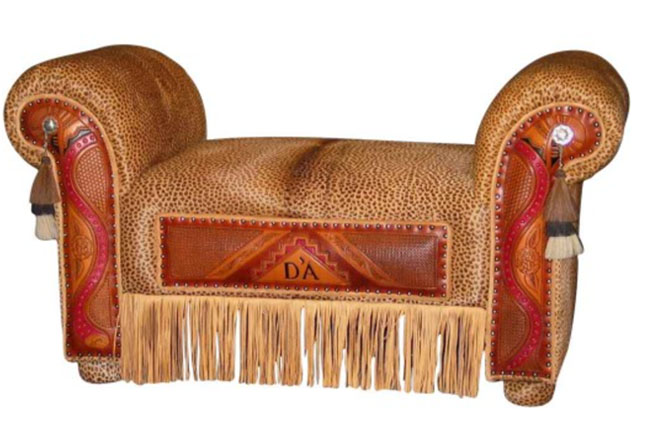 This is a guest post from Carole of Rustic Artistry, she is here give us insight about purchasing leather furniture and help us shop smarter and identify quality furniture.
This is a guest post from Carole of Rustic Artistry, she is here give us insight about purchasing leather furniture and help us shop smarter and identify quality furniture.
Before you purchase a leather sofa, chair or ottoman, make sure you know exactly what you’re getting for your money. There are wide differences in quality, and even two pieces that may look very similar at first glance can, in fact, bear very little resemblance to each other once their true construction and materials are revealed.
Whether you shop at your local furniture store or online, make sure the seller can provide you with answers to each of these questions before you open your wallet.
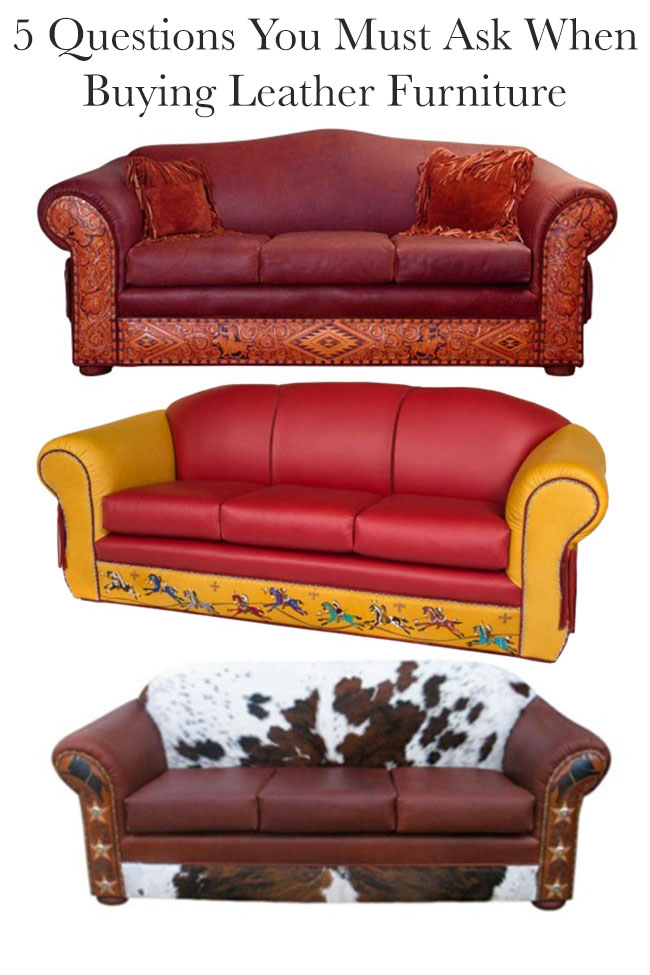
Busy right now? Pin this photo, read later!
1) What Kind Of Leather Is It?
You can find leather furniture made with everything from top of the line leather –called full grain or top grain – to bonded leather, which is made from pulverized scraps mixed with glue. If you aren’t familiar with the various grades (and most people aren’t), and there aren’t samples available for side-by-side comparison, you might think that a bonded leather sofa looks just fine. The difference in quality is actually quite significant.
The best furniture leathers are full grain and top grain. Both are taken from the outermost layer of the hide just below the hair.
– Full grain is the strongest and most durable leather available. The grain pattern is very tight and prominent, which is why it’s called full grain. It is very resistant to moisture and develops a lovely patina over time.
– Top grain is taken from the same section of hide, but a few millimeters of the top surface are sanded off to remove blemishes, such as scratches, barbed wire nicks, brands and other imperfections. This gives top grain leather a very consistent overall appearance. Top grain leather feels luxuriously soft to the touch because its surface has been buffed and smoothed. It is, however, slightly less durable than full grain leather, so there is a tradeoff between having leather that shows natural markings and nicks versus one that is free of imperfections. Either one will withstand many years of use so it’s a matter of which look you prefer.
Another reason to choose full or top grain leather is its ability to acclimate to your body temperature. Because they contain 12-14% water, even leather that feels cold at first will warm to your body temperature in 10-15 seconds.
– Next on the quality scale is Split leather, which comes from the middle layer of the hide. It starts out fuzzy on both sides, then gets processed to flatten the texture and is often imprinted with a pattern to simulate the natural texture of full grain. Due to the processing it is not as durable as full or top grain.
– Bonded leather is full grain leather’s wayward cousin. It is made from the scraps left behind after large pattern are cut from full hides. They are then ground, died and affixed to a synthetic under layer. Bonded leather is only required to contain 17% actual leather. Its plastic coating means that it doesn’t breathe like 100% leather, so it can be uncomfortable to sit on after a while. It does, however, repel spills and stains very well.
2) How is the leather dyed?
– Pure Aniline (a type of dye) signifies hides that are dyed in large spinning drums, which allows the dye to soak completely through for a rich, deep color. Aniline dyes are transparent so all of the natural markings of the hide, such as scratches, skin folds and brands, remain visible. No protective coating is added, which leaves the leather incredibly supple and soft to the touch. The downside is that it is susceptible to stains and fading. It’s best reserved for furniture that will not get much actual use and is kept out of direct sunlight.
– Semi-aniline (also called protected aniline) is much more versatile for upholstery leather. It is also dyed in a drum, but it has a thin layer of coating applied, which gives it better protection against stains and fading than pure aniline leather. The markings and grain are still visible, allowing the leather to retain its natural look.
– Pigmented refers to a finished leather that has an additional layer of opaque color applied to the surface. The pigmented coating is formulated specifically for leather so that it can flex and allow the leather to breathe. A clear coat is then applied for protection and to impart various sheens from matte to gloss. Pigmented leather may not feel as soft and supple as aniline or semi-aniline, but it will be able to withstand the rigors of children and pets. It doesn’t show stains as readily, it’s easier to clean, and fades very slowly. Car upholstery is a good example of a pigmented leather application.
3) How much of the furniture is covered with real leather?
Some manufacturers cut corners by using real leather only on the contact areas: those sections that your body touches such as the seat, arm rests and seat back. They use lower grade materials such as bonded leather or vinyl for the outside arms and back side. The problem with this is that the various sections will age differently, eventually resulting in an unattractive two-tone chair or sofa.
Make sure the furniture is made with real leather throughout, and be on the lookout for labels that say leather faced, leather match or faux leather. As an example, a Google search for a “leather chair” turned up one that listed the material as leather, but actually is 20% recycled leather and 60% polyerfaine. A full size armchair that’s only several hundred dollars is unlikely to be 100% real leather throughout.
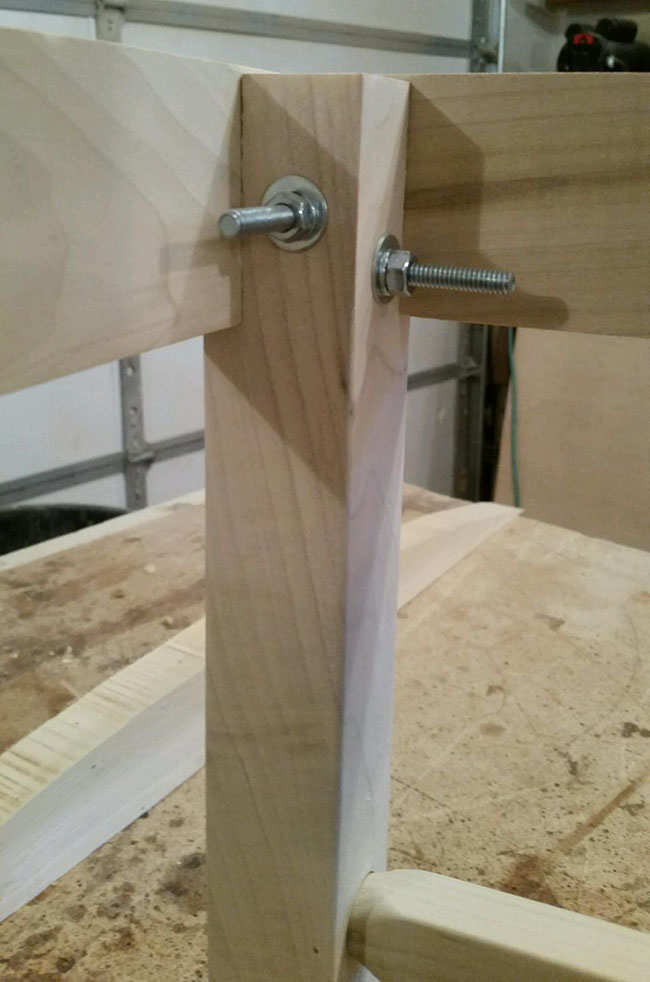
Chairs being bolted together.
4) How are the frame and cushions constructed?
A sofa or chair that is beautiful on the outside will have a short life if the frame it’s built on is not properly constructed. Signs of a quality frame include:
– Kiln dried hardwood – Kiln drying removes all moisture from the wood, enabling it to retain its shape and stability over a long period of time. Plywood or particleboard frames may warp over time. A good quality sofa or chair will be heavy due to its dense hardwood frame.
– Well-formed joints – In a good quality frame, the joints are glued, dowelled and screwed and the corners are further strengthened by the addition of reinforcing blocks. Lesser quality furniture is fastened with staples, which will not provide long-lasting stability.
– 8-way hand tied coils and no-sag inner springs – This means that each spring is attached to the adjoining spring with strong twine. The twine is threaded front to back, side to side and then diagonally in both directions resulting in very securely tied springs.
– High-density collapse-resistant cushions – The higher the density the firmer the cushion will be. A density rating of 1.8 signifies excellent quality. Lower density foam cushions will lose their shape and start to break down quickly. High-density foam can be wrapped with a soft material such as cotton or down to provide longevity while still having a very soft feel. Avoid foam wrapped in Dacron. It is less expensive, but it won’t last as long.
4) What is the warranty?
– A quality furniture maker will have no hesitation in offering a generous warranty. Look for a lifetime warranty on the frame and cushions. Leather is a natural material and will wear over time, but you should expect that the color won’t rub off or crack.
One last thing to consider when purchasing leather seating is if it can be customized for the height or weight of the people who will be sitting on it. Adding a few inches to the seat depth or height will make a big difference in comfort for a tall person. Likewise if the piece will primarily be used by someone who is petite, reducing those dimensions means no one’s feet will dangle above the floor. If the homeowner is more than 250 pounds it’s beneficial to have some extra bracing built into the frame to ensure long-term stability.
Leather furniture is a purchase where you definitely get what you pay for. Top quality sofas, chairs, benches and ottomans are an investment that will pay you back with many years of enjoyment and comfortable use.
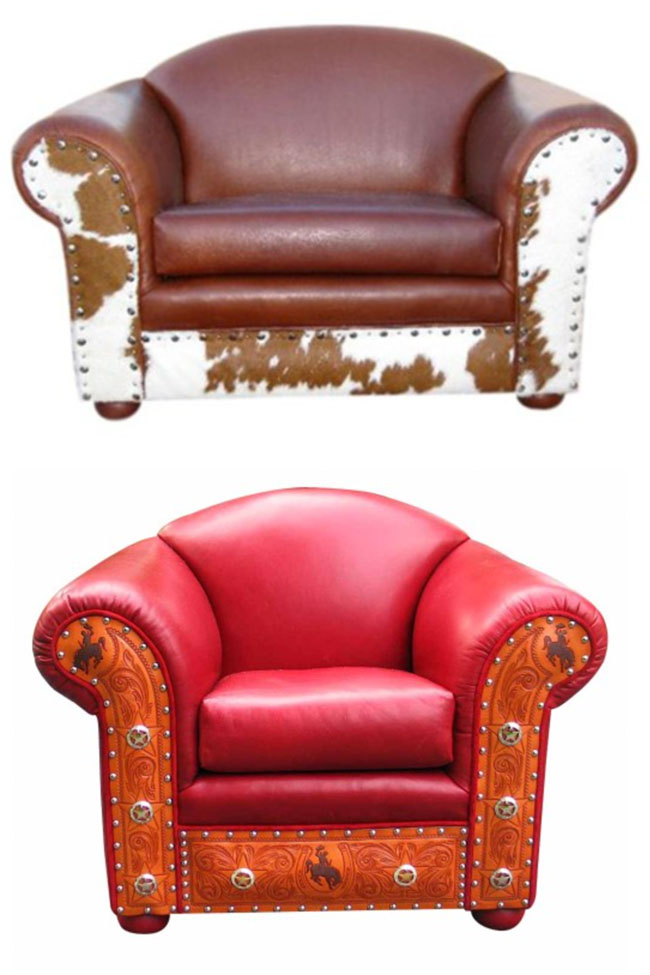
Thank you Carole for this awesome information, interested in any of the furniture pictured here? Visit Rustic Artistry online >
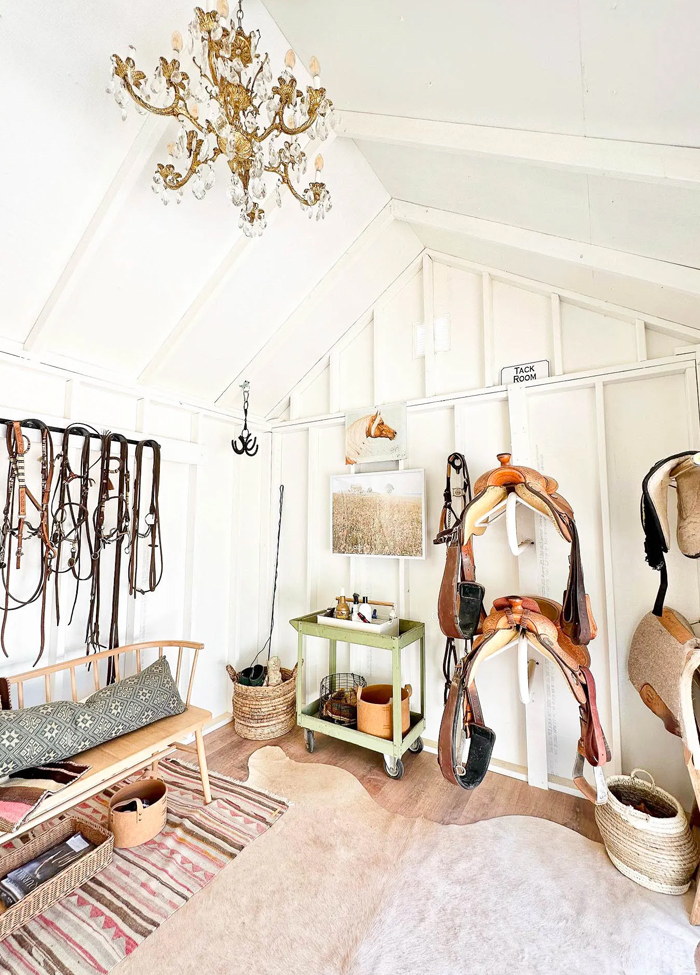
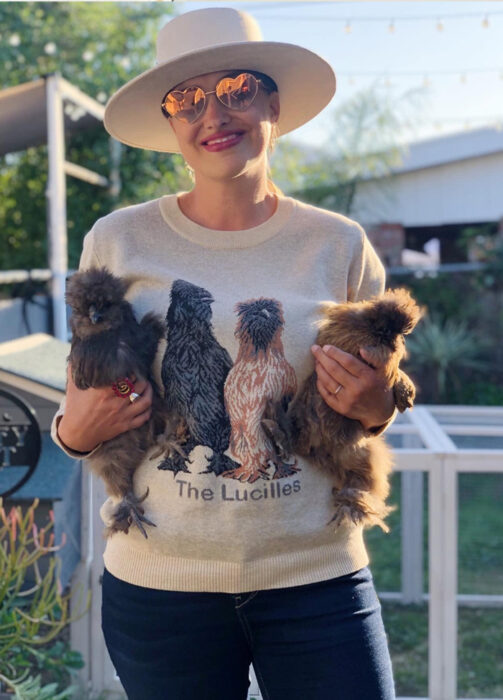
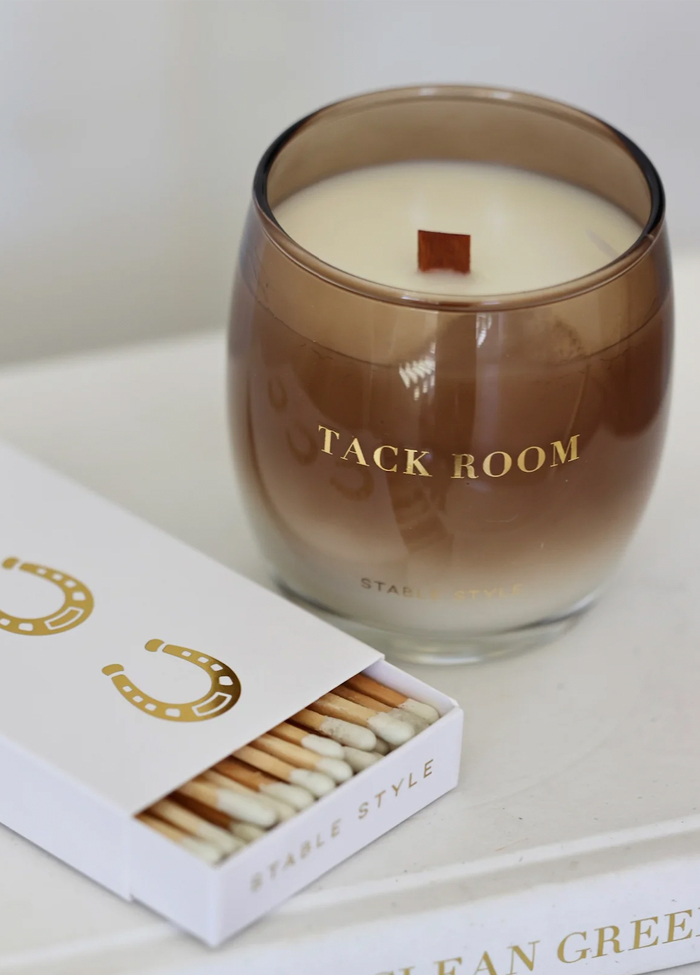
Alice Carroll says
You made a good point that screws and good glue should be present in the joints of the frame of the furniture I’m going to buy to ensure its quality. I’m planning to go to furniture store soon to buy a new sofa for my living room. My current one has been badly damaged by my car throughout the years so I think getting one with leather upholstery would be much more durable.
Raquel says
Good luck shopping! It’s all in the details, right?